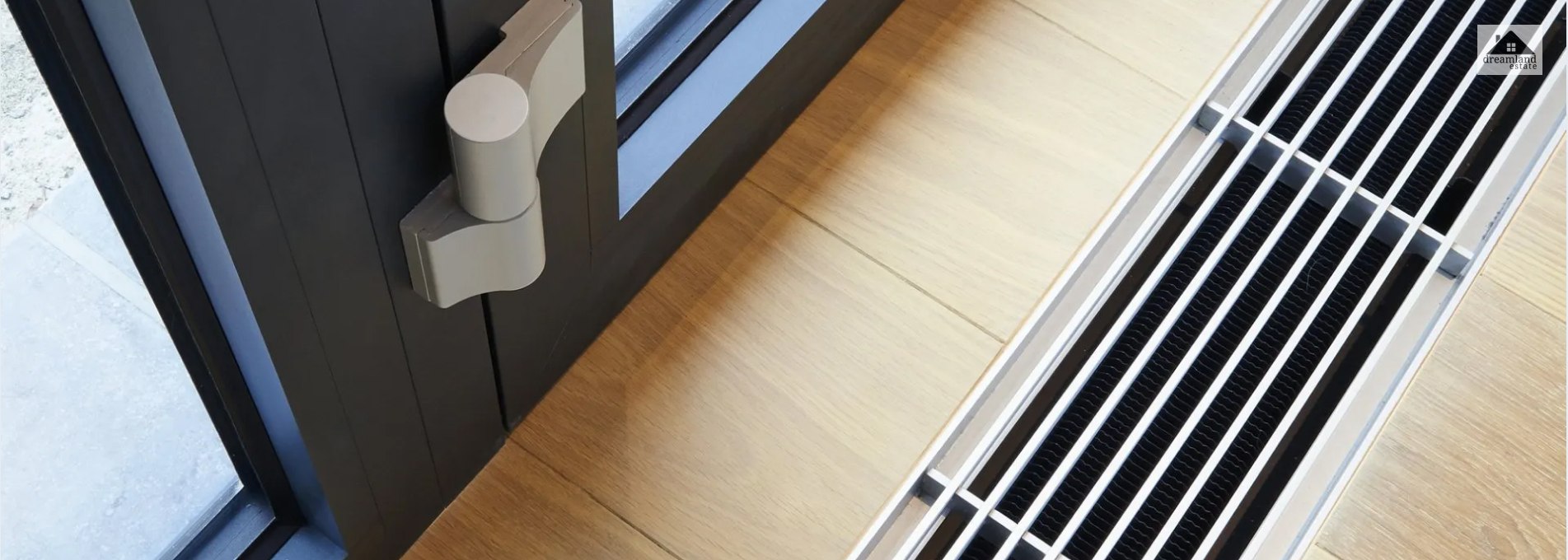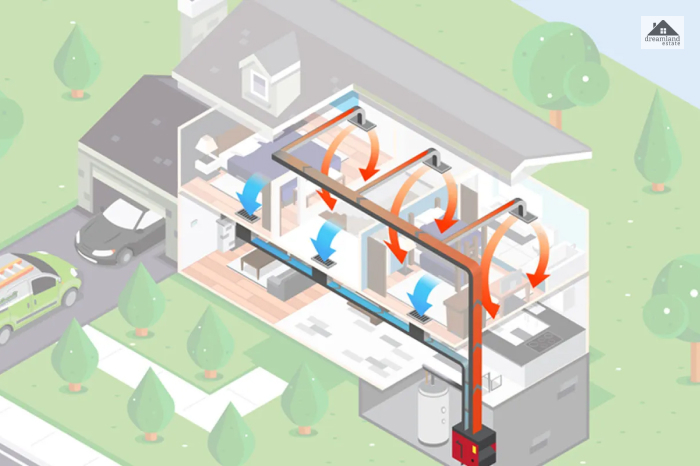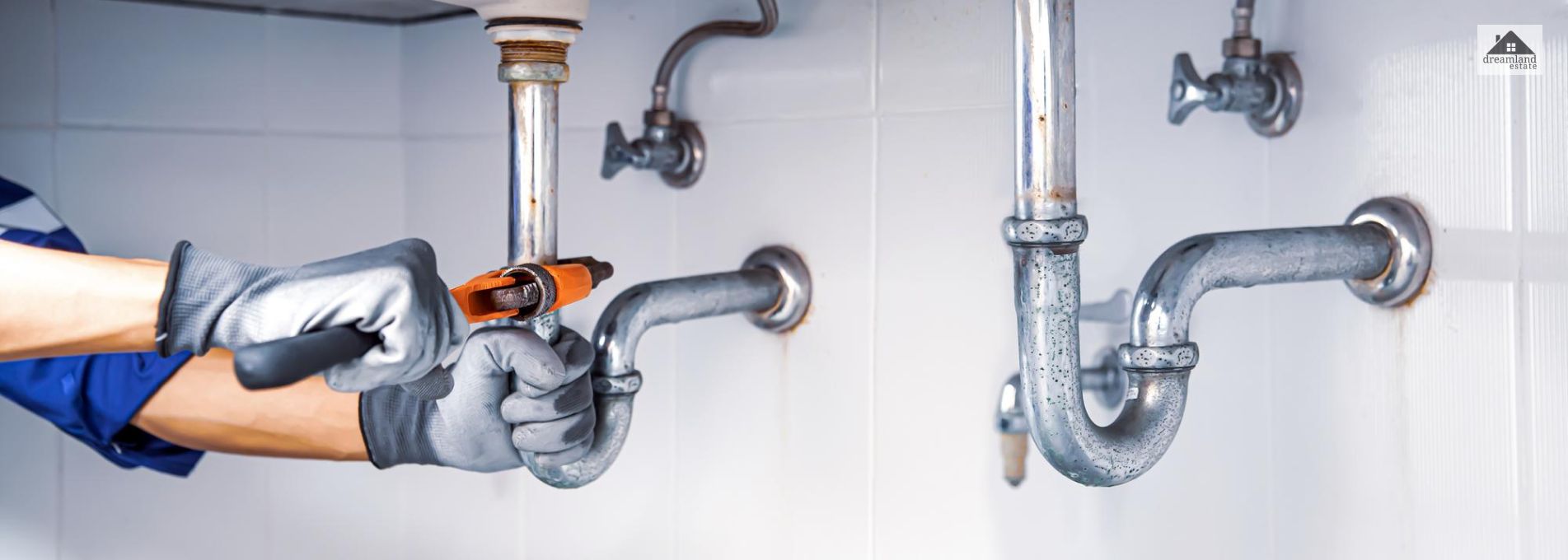What Is Forced Air Heating? Advantages and Disadvantages And More

The market provides several heating systems, but choosing the right one for your home is essential. Although the goal of every heating system is to transfer heat to maintain comfortable temperatures inside your home, different systems constitute different functioning ways. Out of the many, one popular option is a conventional forced air heating system.
In this article, we’ll go through every nook and crook of forced air heating systems and discover why they are one of the better choices for heating your homes.
What Is Forced Air Heating?

The forced air heating system is a central heating system that circulates heated air throughout your house through a blower via ducts or vents. It is essential to know that all heating systems do not use air to heat homes. Conventional heating systems use water or steam to transfer heat from the boiler using radiators or radiant heating.
The technique of forced air distribution is mainly used by two standard heating systems- furnaces (like gas-forced air furnaces, forced air propane furnaces, hot air furnaces, and warm air furnaces) and heat pumps.
Whereas furnaces burn fuels like natural gas, oil, propane, electricity, etc., to heat the air, heat pumps transfer the heat from outside the house to the inside.
Although both systems have pros and cons, you can use the best-suited ones depending on your area’s climate.
Read More: Solar Heating : Definition, Techniques, Advantages And More
Working Of A Forced Air Heating System

Here is how a conventional forced air heating system works using a gas-hot air furnace:
- At first, the thermostat sends a signal to the furnace to heat the home.
- The inducer motor of the furnace kicks onto the exhaust gasses from the previous cycle.
- Then, a pressure switch supervises a safety check.
- A standing pilot, surface igniter, or spark ignition ignites. While electric systems will use a spark or surface ignitions, standing pilots will burn completely in the gas furnaces.
- The heat exchanger then heats the air in the plenum.
- The heated air is then forced by the blower fans into the supply ducts. As a result, a suction is created in the return ducts that pulls the recycled air into the system.
- The air is then pulled in through the air intake to replace the air, or else the furnace might draw in air from your attic or crawlspace, which will reduce the air quality of your home.
- Once the home reaches the temperature set by the thermostat, the system finally shuts down.
The Parts Of A Forced Air Heating System

For a better understanding of a forced air heating system, you must understand the parts involved and their importance:
Heat Source
For a forced air heating system to operate, it must have a source to draw heat from and circulate it throughout the house. Most forced air systems use a furnace or a heat pump as their source of heat.
Thermostat
In charge of controlling the temperature in the house. It also controls the heat source as to when to turn it on and turn it off.
Supply Duct
Circulates the heat throughout the house.
Return Duct
- Recycles the air back to its heat source.
- It helps maintain air circulation.
- It prevents forming a hot and cold spot.
Air Plenum
A box that helps distribute the heated air through the system’s ductwork.
Heat Exchanger
A metallic shield between the combustion chamber and the blower that helps transfer heat from the source to the unheated air.
Blower Fan
Forces out the heated air through the ductwork, forming a suction in the return ducts.
Safety Switches
Shutdown the heat source in case the safe conditions aren’t met.
Combustible Fuel Exhaust
Keeps the combustion gasses out of the house.
The Advantages And Disadvantages Of A Forced Air Heating System

Like every other system, a forced air system also has its pros and cons, knowing which will help you make the correct decision while choosing one for your own home.
Pros
The advantages of a forced air system are:
Instant Heat Distribution
As soon as the heat source kicks on, it almost instantly heats the home. The air is directly heated and forced through the ductwork.
Energy-Efficient Heat Sources
The annual fuel utilization efficiency [AFUE] for all modern heating systems is between 95% to 100%, which means almost all the fuels used become heat, while only 5% or less is lost.
Cost Effective
Although they can be expensive to install, forced air systems can save the owners up to $500 a year on their electricity bills.
Long Lasting
Whereas a furnace can last almost 30 years, the same duct and vent can be used even after a replacement.
Easy Installing
Installing a forced air system is no rocket science. If you have already installed ductwork in your home, adding a heat source is easy.
Cons
Some of the disadvantages of a forced air heating system are:
Generates Carbon Monoxide
Forced air furnaces may leak carbon monoxide, a deadly greenhouse gas that seriously threatens the environment.
Maintenance Costs
Forced air heating systems have many components incorporated into them, and routine maintenance must be kept in check.
Creates Noise
A forced air system creates more noise than other heating systems.
Risk Of Allergens And Dust
If the ducts are not properly maintained or cleaned, allergens and dust particles may collect in the ductwork. These built-up contaminants get pushed by the blowers inside your home when the heat is turned on.
Inconsistent Heating
Depending on the location, the size of the room, and the placement of the ductwork, some areas of the home might get warmer than others.
The Cost Of Installing A Forced Air Heating System

To determine the price, you must consult with your HVAC professional and decide which source you want to use and if you need to install the ducts. This is one of the major decisions as it will affect the furnace costs, whereas the overall price will depend on the size of your house.
Whereas the furnace can cost around $800 for one unit, the installation costs will be about $500. While the basic cost of the furnace and the installation may cost around $1,300-$1,600, the price of a gas furnace may be as high as $2,900, with installation being $1,500.
Although the monthly maintenance costs are much less compared to other heating systems.
Read More: How Does A Hydronic Heating System Work, And What Are Its Benefits?
To Conclude
A forced air heating system is one of the most common heating systems used. While most have the same components, different heat sources are available.
Like every other system, they have pros and cons, and you must be knowledgeable enough to choose the right one for your home.
But it is always suggested to consult your HVAC professional, who can provide expert consultations and guidance while installing a forced air system in your home.
Read Also:











Leave A Reply